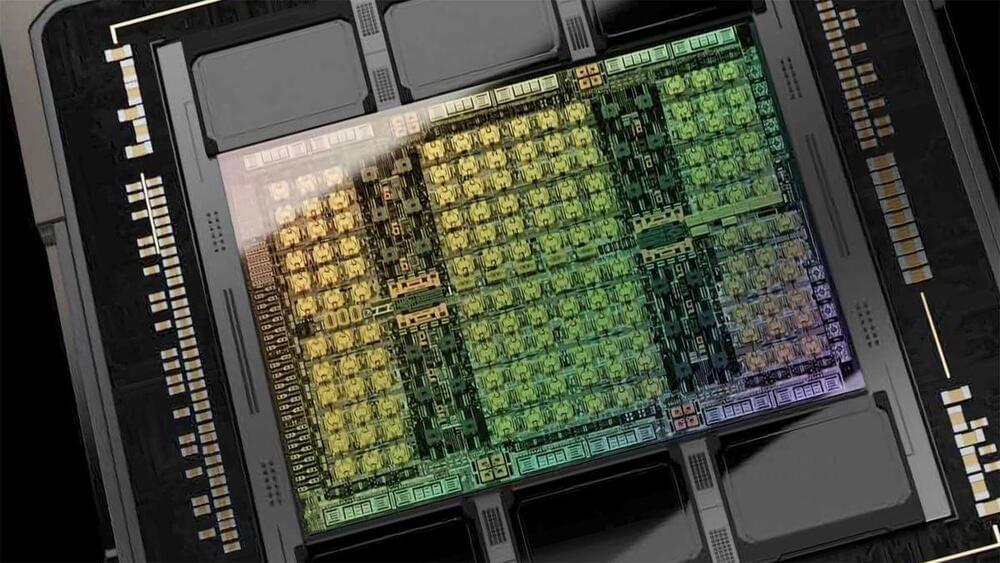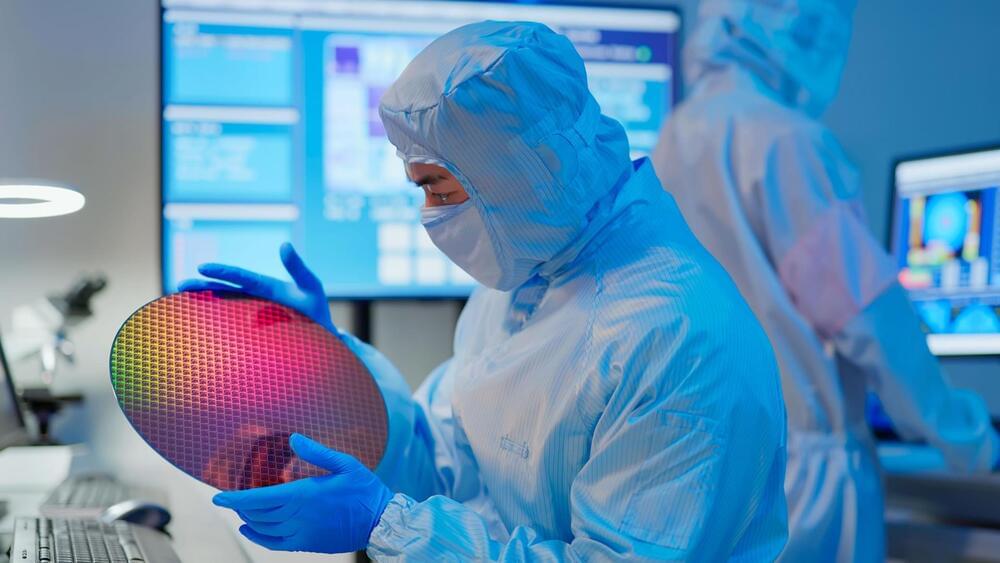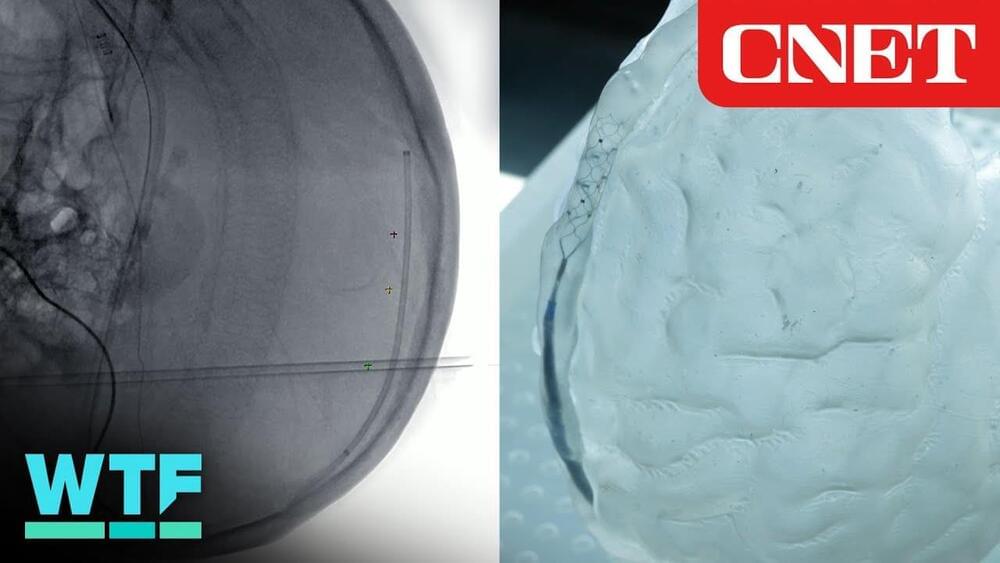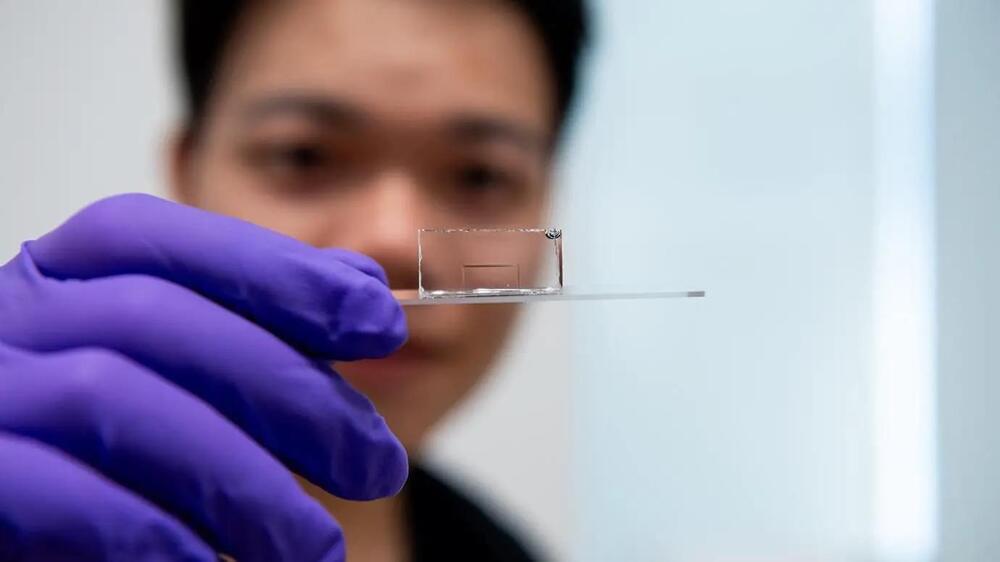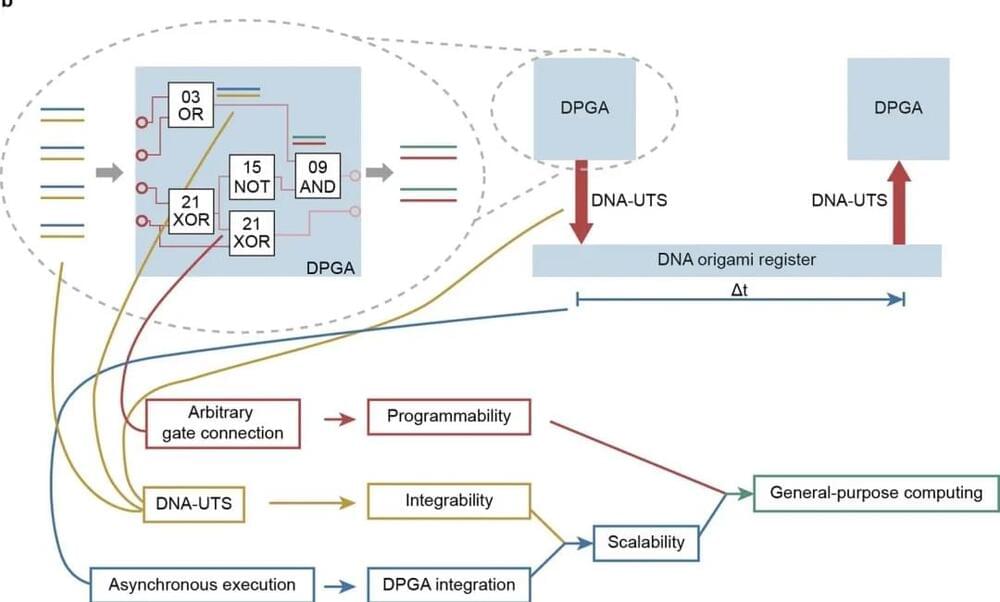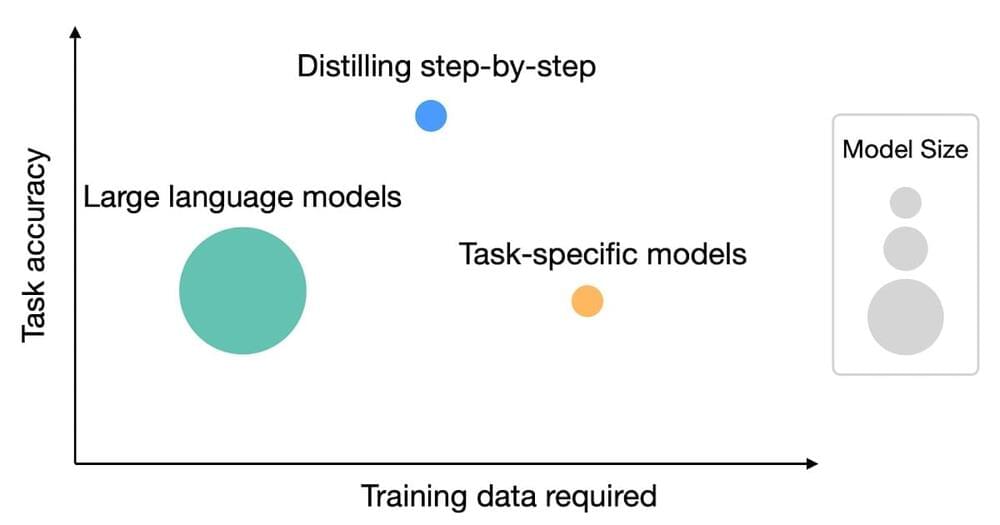Nvidia’s Blackwell GB100 compute GPU to adopt TSMC’s N3-class node, to be unveiled next year, says report.
Category: computing – Page 244
Chinese researchers are working on ways to develop their own semiconductor lithography process to compete with ASML.
Researchers at Tsinghua University are working to bring microchip production to China to bypass US sanctions, reports the South China Morning Post.
Using a new method called steady-state microbunching (SSMB), the team believes this new technique could be employed to mass produce high-quality microchips and reduce China’s dependence on lithography systems from the likes of industry giants like Advanced Semiconductor Materials Lithography (ASML).
At the meeting with Modi, Sharma presented the prime minister with a cutting-edge 5G millimeter-wave and sub-6-gigahertz chipset designed by Renesas’s R&D teams in Bengaluru and San Diego.
“The prime minister displayed a genuine fascination with the chipset and talked about the technical intricacies of the integrated chip,” the IEEE member says. “He asked about the silicon node and the fabrication facility that created it.
I firmly believe the development of these critical chips is vital for the greater public good, Sharma says. Those working in industry can be change agents and have a meaningful impact on society, such as advancing technology for humanity. After all, that is the motto of IEEE.
For years, researchers have tried various ways to coax quantum bits — or qubits, the basic building blocks of quantum computers — to remain in their quantum state for ever-longer times, a key step in creating devices like quantum sensors, gyroscopes, and memories.
A team of physicists from MIT
MIT is an acronym for the Massachusetts Institute of Technology. It is a prestigious private research university in Cambridge, Massachusetts that was founded in 1861. It is organized into five Schools: architecture and planning; engineering; humanities, arts, and social sciences; management; and science. MIT’s impact includes many scientific breakthroughs and technological advances. Their stated goal is to make a better world through education, research, and innovation.
Synchron has developed a Brain-Computer Interface that uses pre-existing technologies such as the stent and catheter to allow insertion into the brain without the need for open brain surgery.
Never miss a deal again! See CNET’s browser extension 👉 https://bit.ly/3lO7sOU
Check out CNET’s Amazon Storefront: https://www.amazon.com/shop/cnet?tag=lifeboatfound-20.
Follow us on TikTok: https://www.tiktok.com/@cnetdotcom.
Follow us on Instagram: https://www.instagram.com/cnet/
Follow us on Twitter: https://www.twitter.com/cnet.
Like us on Facebook: https://www.facebook.com/cnet.
#WhatTheFuture #Synchron #BCI
Channeling light from one location to another is the backbone of our modern world. Across deep oceans and vast continents, fiber optic cables transport light containing data ranging from YouTube clips to banking transmissions—all within fibers as thin as a strand of hair.
University of Chicago Prof. Jiwoong Park, however, wondered what would happen if you made even thinner and flatter strands—in effect, so thin that they’re actually 2D instead of 3D. What would happen to the light?
Through a series of innovative experiments, he and his team found that a sheet of glass crystal just a few atoms thick could trap and carry light. Not only that, but it was surprisingly efficient and could travel relatively long distances—up to a centimeter, which is very far in the world of light-based computing.
The group at Shanghai Jiao Tong University has demonstrated a DNA computer system using DNA integrated circuits (DICs) that can solve quadratic equations with 30 logic gates.
Published in Nature, the system integrates multiple layers of DNA-based programmable gate arrays (DPGAs). This uses generic single-stranded oligonucleotides as a uniform transmission signal can reliably integrate large-scale DICs with minimal leakage and high fidelity for general-purpose computing.
To control the intrinsically random collision of molecules, the team designed DNA origami registers to provide the directionality for asynchronous execution of cascaded DPGAs. This was used to assemble a DIC that can solve quadratic equations with three layers of cascade DPGAs comprising 30 logic gates with around 500 DNA strands.
Large language models (LLMs) have enabled a new data-efficient learning paradigm wherein they can be used to solve unseen new tasks via zero-shot or few-shot prompting. However, LLMs are challenging to deploy for real-world applications due to their sheer size. For instance, serving a single 175 billion LLM requires at least 350GB of GPU memory using specialized infrastructure, not to mention that today’s state-of-the-art LLMs are composed of over 500 billion parameters. Such computational requirements are inaccessible for many research teams, especially for applications that require low latency performance.
To circumvent these deployment challenges, practitioners often choose to deploy smaller specialized models instead. These smaller models are trained using one of two common paradigms: fine-tuning or distillation. Fine-tuning updates a pre-trained smaller model (e.g., BERT or T5) using downstream manually-annotated data. Distillation trains the same smaller models with labels generated by a larger LLM. Unfortunately, to achieve comparable performance to LLMs, fine-tuning methods require human-generated labels, which are expensive and tedious to obtain, while distillation requires large amounts of unlabeled data, which can also be hard to collect.
In “Distilling Step-by-Step! Outperforming Larger Language Models with Less Training Data and Smaller Model Sizes”, presented at ACL2023, we set out to tackle this trade-off between model size and training data collection cost. We introduce distilling step-by-step, a new simple mechanism that allows us to train smaller task-specific models with much less training data than required by standard fine-tuning or distillation approaches that outperform few-shot prompted LLMs’ performance. We demonstrate that the distilling step-by-step mechanism enables a 770M parameter T5 model to outperform the few-shot prompted 540B PaLM model using only 80% of examples in a benchmark dataset, which demonstrates a more than 700x model size reduction with much less training data required by standard approaches.
It lets researchers extract pixel-by-pixel information from nanoscale.
The nanoscale refers to a length scale that is extremely small, typically on the order of nanometers (nm), which is one billionth of a meter. At this scale, materials and systems exhibit unique properties and behaviors that are different from those observed at larger length scales. The prefix “nano-” is derived from the Greek word “nanos,” which means “dwarf” or “very small.” Nanoscale phenomena are relevant to many fields, including materials science, chemistry, biology, and physics.
